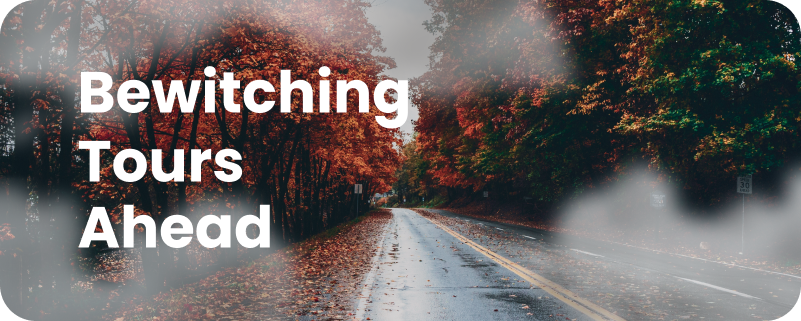
Quapaw Bathhouse & The Attendants - A Hot Springs National Park Story

[Transcript]
History of Quapaw Bathhouse
The Quapaw Bathhouse is named after the native Quapaw tribe. And besides the Buckstaff, it's the only other bathhouse still in operation. But while the Buckstaff has been in constant operation, the Quapaw sat empty for more than 20 years, from 1984 until it was purchased for renovations in 2007.
If you're trying to decide between taking a bath at the Quapaw or the Buckstaff, here's the main difference. The Buckstaff offers a classical experience as if you were visiting a hundred years ago. The Quapaw, on the other hand, offers a more modern spa experience.
The Role of Bathhouse Attendants
But what has united all the bathhouses on this row, from the inexpensive to the luxurious, from the historical to the modern, are the attendants. And starting in the mid-1800s, people came to these hot springs on the advice and even prescription of their doctors. So the bathhouse attendants needed to know how to carry out these wide-ranging prescriptions.
That could include sits baths, massages, physical therapy, steam cabinets, water pressure treatments like needle showers, Scottish showers, and even enemas. After all, the water was meant to heal both on the outside and on the inside. Bathhouse attendants worked long hours, with few breaks, in hot, humid environments.
Even at the most basic bathhouses, the attendants would draw your bath, walk you through the process, and clean the tub after you were done. If you had mobility impairments, the attendants helped you into and out of the baths, and even scrubbed and massaged you in the tub. They'd vary the water temperature, water pressure, and duration of your treatment depending on your needs.
They were experts at their jobs, and they often did it for very little pay.
Stories of Dedicated Attendants
Maggie Northcott started her career as a bathhouse attendant in 1931 at the Government Free Bathhouse, and they kept her busy. In the year 1938 alone, the Government Bathhouse provided 85,913 baths.
That averages out to more than 230 baths a day. In 1940, Maggie worked 48 hours a week, every week of the year, for an annual whopping salary of just $520. And on that salary, she was somehow able to support her mother, too.
Most bathhouse attendants were Black, including Maggie. One famous attendant was Napoleon Rowell. Napoleon started working here in 1872, and bathed as many as 25 men a day.
He was so popular that his picture even appeared in Hot Springs tourism materials. And there were other attendants, like Myrtle Cheatham, who saved every penny she could, all so her children wouldn't have to clean bathtubs like she did. I suppose you can say that after the water itself, bathhouse attendants were the backbone of Hot Springs.
They were the angels, delivering the miraculous, curative waters to the people. They calmed your fears, soothed your aches and pains, brought you fresh towels and water to drink. And after you'd gone, they cleaned up everything for the next person in line, just to do it all over again.
Modern Bathhouse Experiences
Things aren't quite what they used to be, but bathhouse attendants are still here, still working in Hot Springs. If you're planning to visit the Buckstaff or Quapaw to take the waters, as the saying goes, please remember to thank your attendants for all that they do.
Ready to take the tour? Check out Shaka Guide's Hot Springs National Park Tour!
We hope that we’ve given you all the information you need to make the most of your day. Your vacation is extremely important to us so if you have any questions feel free to reach out at aloha@shakaguide.com.
For more detailed information to help you plan, check out our Hot Springs National Park Itinerary and Know Before You Go article.


























 to fuel your ride
to fuel your ride 
